|
Busy bees in the garden this this last Saturday and right on schedule with the moon garden calendar we planted more fruiting crops like okra, squash, cucumbers, and watermelon. We once again fertilized the corn and tomatoes with fish emulsion to encourage more green growth. The love-in-a-mist or nigella was peak bloom and we had hundreds of young students come by to try Magnolia Tendril Peas which are coming to the end of their lifecycle. Come garden with us on Saturdays! All ages and abilities welcome.
 We just passed the first quarter and the moon is now in waxing gibbous going into a full moon. Now is also a time to seed-in plants that fruit and seed like beans, cucumbers, watermelon, cantaloupe, pumpkins, squash, okra, and southern peas. If you already planted these things, remember that it’s a good idea to succession plant and grow twice as much as you will need in case of disease and pest. If you haven’t planted your nightshades, try to get established transplants of your tomatoes because July is usually when temperatures are too hot for them and they need 50 to 60 days to reach harvest. Although, this year as temperatures are a bit cooler, you may still be able to get a good harvest from larger established 1 gallon transplants. As always, it’s best to transplant and seed-in with the coming rains. DIRECT SEED Amaranth Beans (Green, Pole, Snap and Lima) Corn Cucumbers Melons Okra Peas (Southern) Pumpkin Squash (Summer & Winter) TRANSPLANT Eggplant Ground Cherries Peppers Tomatoes Tomatillos Visit our website blog to get links to growing guides and varieties that do well in Central Texas. For more ideas on Ornamentals, Perennials, and Herbs, visit the Central Texas Gardener and The Natural Gardener lists online. Download the Texas A&M Extension Planting Chart and Varieties. This last Saturday we chopped and dropped our winter cover crops in a few of our garden beds to get ready to plant more heat loving crops like okra, cucumbers, and watermelon. The cover crops will make a nice green mulch and continue to protect the soil as the sun gets closer. We also trimmed our winter cover crops that we are growing with our corn to give the crop the sun it really needs to take off. We also fertilized the corn with fish emulsion, which are ready for beans next week.The winter wheat was too fun to cut back and we are going to harvest some to make a tiny loaf of bread. We got our tomatoes trellis using the string method and pinched off a few flowers to give the plant more time to get green growth. Lot's of winter crops ready to harvest: Sugar Magnolia Tendril Peas, garlic scapes, lettuce, asparagus, radishes and some love-in-a-mist blooms.
 We just passed the New Moon phase and are now approaching the First Quarter and are in Waxing Crescent. It’s a good time to plant leafy greens, cereal grains, and herbs that do well in heat. During the waxing of the moon (the period extending from the day the moon is new to the day it reaches its fullest point), the moon pulls moisture upwards. Seeds do well during this time because moisture is available at the surface of the soil. It’s always best to try to transplant and seed-in with the coming rains that are in the forecast. Click on the links to get growing information and best varieties from Texas A&M Extension and other sources. Direct Seed or Transplant
For more ideas on Ornamentals, Perennials, and Herbs, visit the Central Texas Gardener and The Natural Gardener lists online. Download the Texas A&M Extension Planting Chart and Varieties.  ☀️As things start to heat up, it's important to keep your bare soil covered. For the health of your soil, moisture retention, and to prevent weeds, keep your soil covered at all times with cover crops, compost and mulch. Consider planting summer cover crops, such as buckwheat or black-eyed peas, or flax. Add compost, then mulch, to other bare soil areas. An inch or two of compost, and then two or three inches of mulch. Click on the links to get growing information and best varieties from Texas A&M Extension and other sources. Also see recording our class on cover crops with Justin Duncan from SARE on our YouTube channel. We also have a comprehensive cover crop guide on the resource section of our website. Callahan's General Store is a great place to get cover crops.
 We just passed the Full Pink Moon, the Sprouting Grass Moon, the Egg Moon, the Fish Moon, the Paschal Moon, Hanuman Jayanti, Bak Poya, and a Supermoon. So many interpretations of the full moon around the world. We are now going into a waning period of the Moon—from the day after it is full to the day before it is new again. As the moonlight decreases night by night, plants are encouraged to grow roots, tubers, and bulbs. It’s always best to try to plant with the coming rains which are in the forecast. Click on the links to get growing information and best varieties from Texas A&M Extension and other sources. DIRECT SEED TRANSPLANT GROW YOUR OWN SWEET POTATO SLIPS: You can plant sweet potato slips through June so you still have a little time to grow your own slips at home. See our blog post on two ways to do this at home. The method that produced the most slips was the “soil method.” If you haven’t grown your own slips you can buy them at local nurseries such as the Natural Gardener and Tillery Plant Company. You can even plant small organic sweet potatoes directly in the soil. For more ideas on Ornamentals, Perennials, and Herbs, visit the Central Texas Gardener and The Natural Gardener lists online. Download the Texas A&M Extension Planting Chart and Varieties. |
AuthorWrite something about yourself. No need to be fancy, just an overview. Archives
May 2024
Categories |

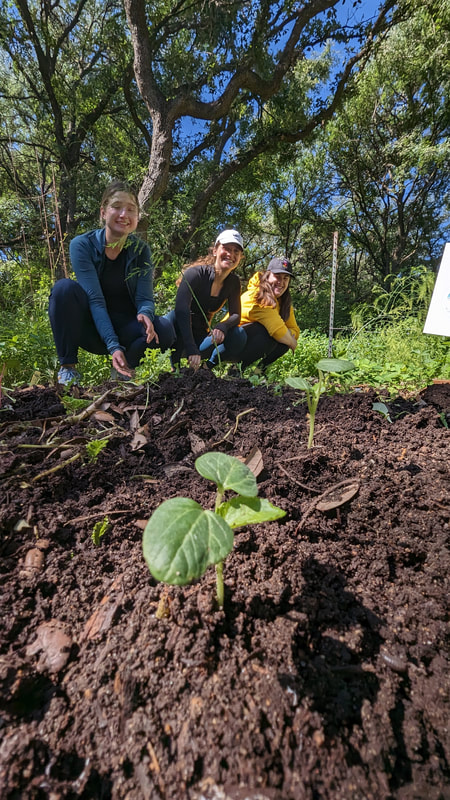

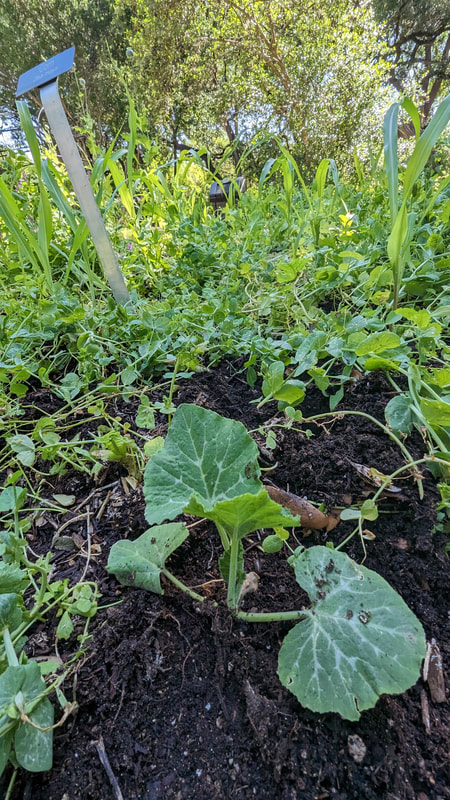
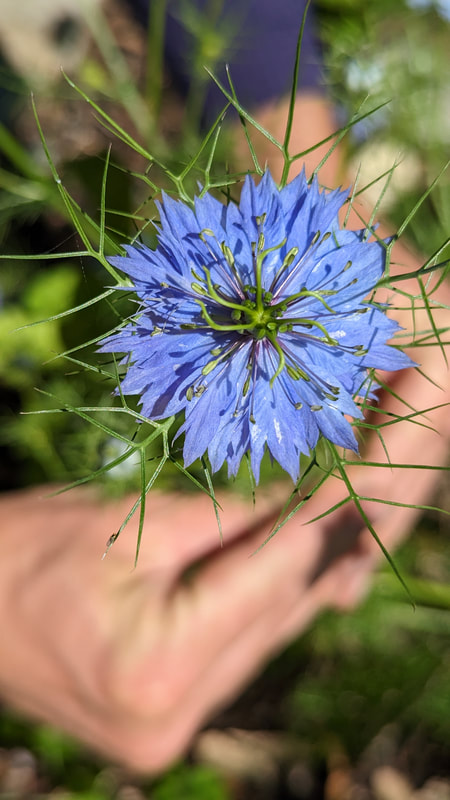

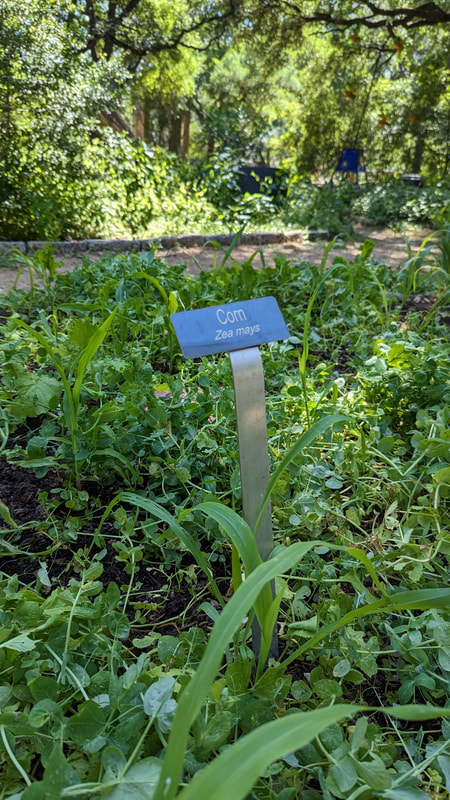

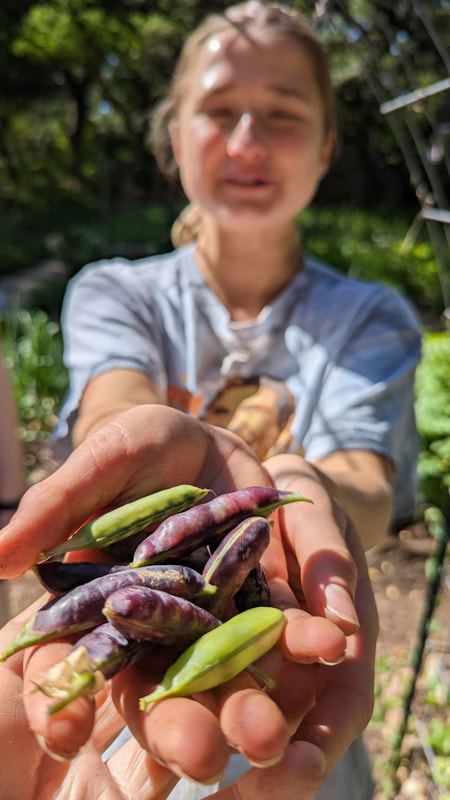
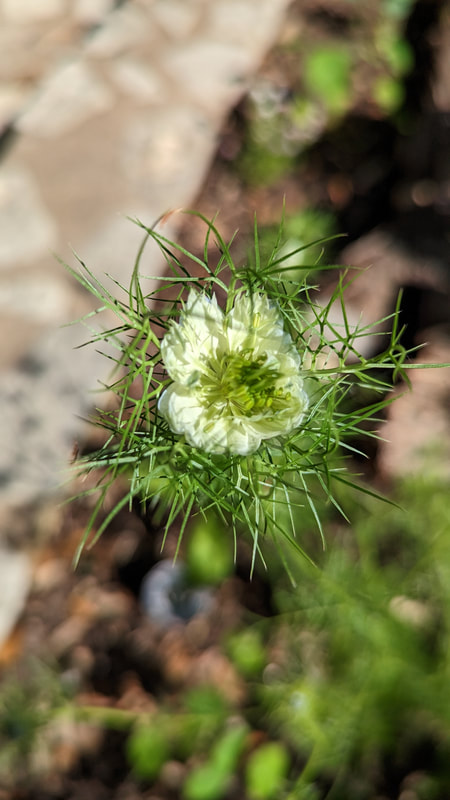
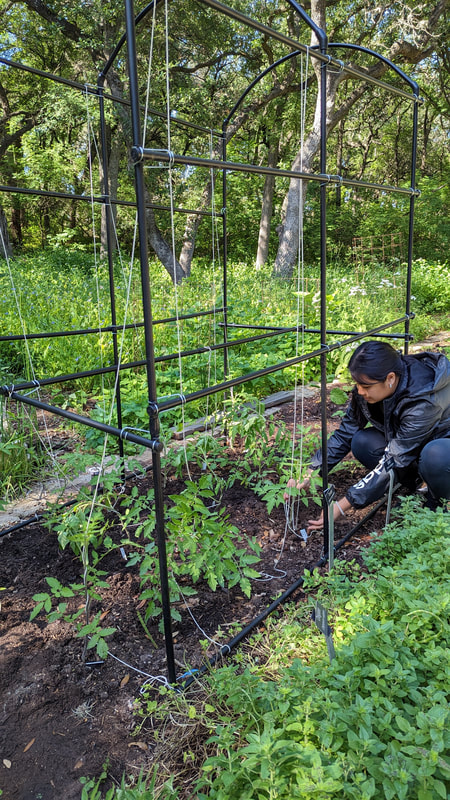
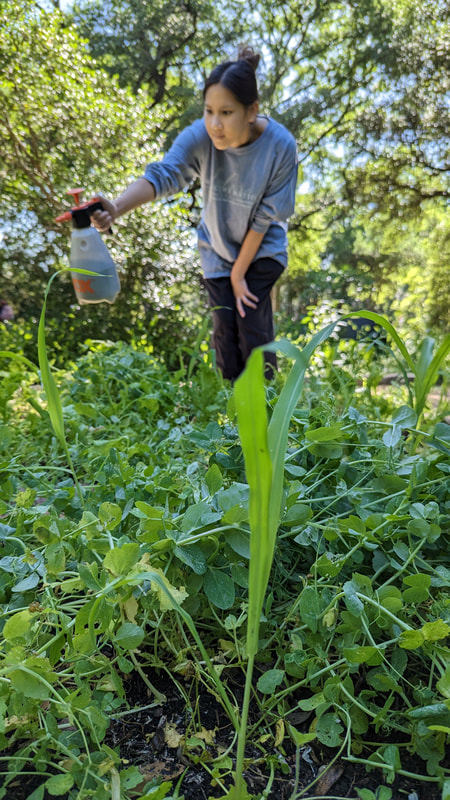

 RSS Feed
RSS Feed